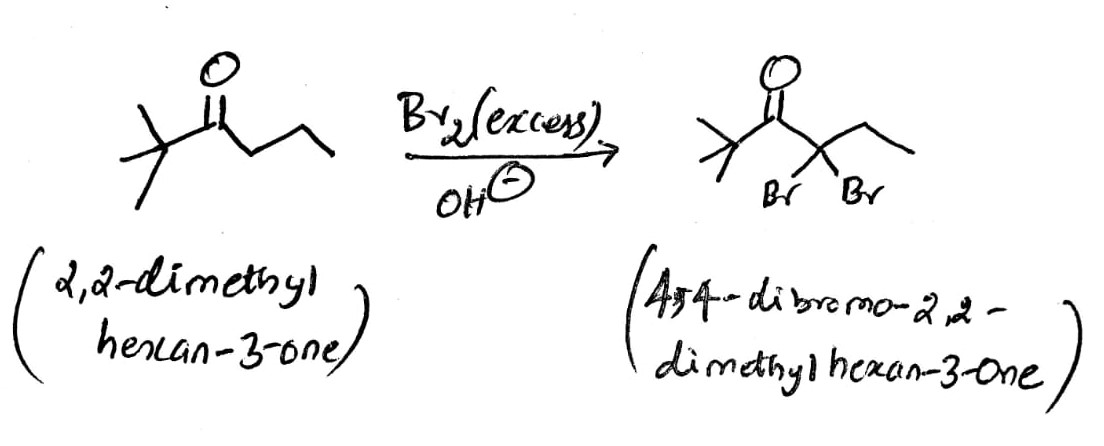Lipids
The heterogeneous classes of organic compounds that are not water-soluble but are dissolved in organic solvents that are non-polar in nature are termed lipids. They are a long chain of fatty acids and esters of alcohols. Lipids are generally seen in several plants, microorganisms, and animals. They are utilized as insulation, components of the cell membrane, hormones, and molecules for the storage of energy.
Glycerophospholipid
Glycerophospholipid is the most abundantly occuring phospholipids found in the biological membranes. Lipids include a group of organic compounds like fats, hormones, oils, waxes, vitamins etc. They are non-polar molecules and are insoluble in water. Lipids play an important role in biological systems. They are the building blocks of our cell membranes, store energy and are involved in signaling.
Structure Of Camphor
A terpene with the molecular formula of C10H16O is a waxy, white color solid known as camphor. It is flammable. It also possesses a very pungent taste and a strong odor. There are various sources for extracting camphor from natural products such as the wood of the tree of camphor laurel. Sublimation of wood and steam distillation are some of the methods involved in obtaining camphor.
Glycolipid In Organic Chemistry
Glycolipids are lipids that are an important class of organic compounds in chemistry that have simple to complex applications. They contain carbohydrates, fatty acids, sphingolipids or a glycerol group. In other words, they are the modifications of lipids like acylglycerols, prenols and ceramides. They are all part of a wider group of compounds known as glycoconjugates.
Diterpenoid
The terpenoid class includes diterpenoids, which are chemical compounds with 20 carbon atoms. They are made up of four isoprene units and are derived from geranylgeraniol, a C20 precursor. They have a C20H32 basic structure. These characteristics distinguish diterpenoids from simple terpenes, which have just 10 carbon atoms.
Draw the organic products formed in attached reaction.

The carbon atom that resides at the immediate vicinity to the functional group in a molecule is termed as the carbon. The next carbon is denoted as the carbon. The carbanion is a negatively charged species in which the central carbon forms three sigma bonds with the atoms.
When the alpha carbon situated next to the electron-withdrawing group such as carbonyl, nitro, the protons attached to the carbon can be readily removed to furnish the carbanion. In other words, the alpha hydrogens are highly acidic in nature.
Scheme (-bromination):

Explanation:
The reaction of 2,2-dimethylhexan-3-one with the base, hydroxide ion results in the formation of the carbanion. The carbanion is highly resonance stabilized due to the conjugation with the adjacent carbonyl group. On treating with the bromine molecule, a mono bromination intermediate is produced. Since there is one more alpha hydrogen in the molecule, the base removes the proton and the produced carbanion is further reacted with another molecule of bromine to yield the dibromo product (4,4-dibromo-2,2-dimethylhexan-3-one).
Step by step
Solved in 3 steps with 1 images









